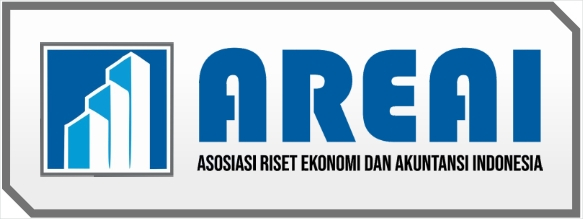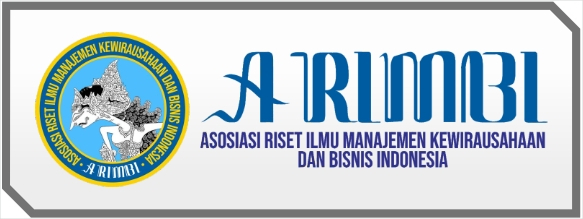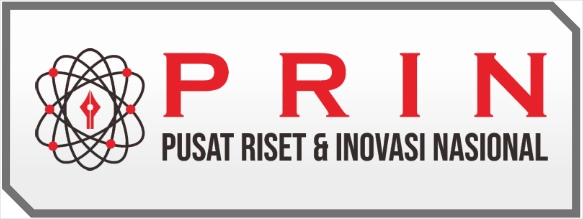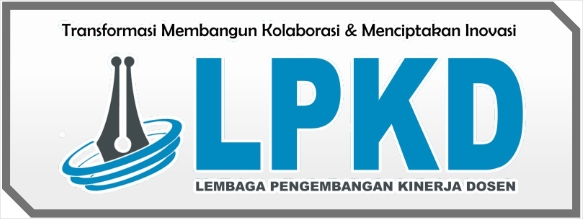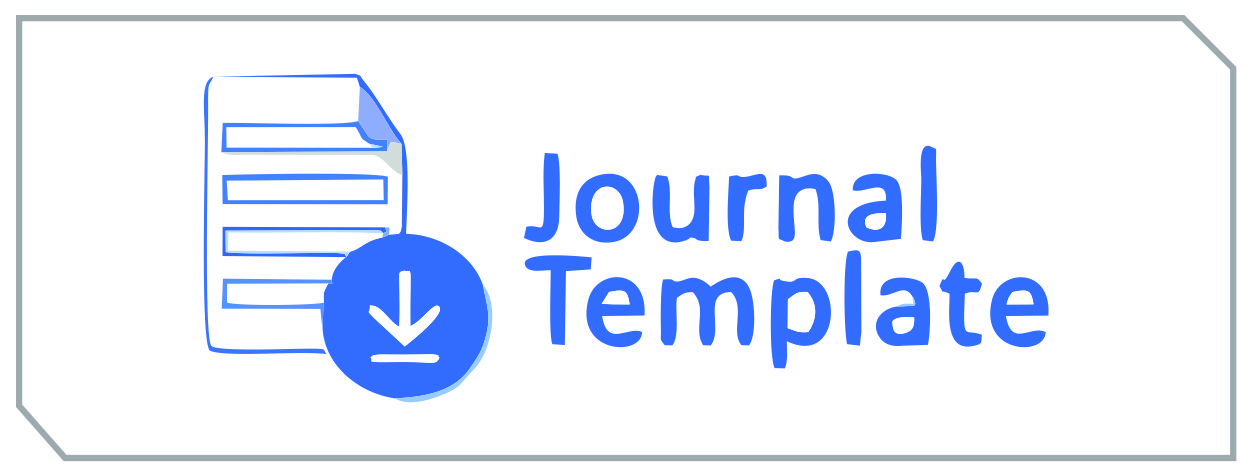Analisis Efektivitas dan Efisiensi Penyusunan Rencana Anggaran Biaya Pembangunan Perumahan Bukit Mega Harmoni Pada PT. Graha Mega Cendana Makassar
DOI:
https://doi.org/10.55606/cemerlang.v1i1.2943Keywords:
Effectiveness, Efficiency, Cost BudgetAbstract
An increase in company value will make investors believe that the company is able to manage its performance in future prospects. From the background of the problem. The importance of the information needed in determining company policy, which is useful for measuring the company. To find out whether the budget plan for the construction of the Bukit Mega Harmoni housing development at PT. Graha Mega Cendana Makassar is effective and efficient. The type of research used by researchers is descriptive qualitative. Based on the analysis of data from the research results and discussions that have been described, it can be concluded that in general the preparation of the budget plan for the construction of Bukit Mega Harmoni Housing by PT. Graha Mega Cendana in 2017-2019 was quite effective on average, although the overall level of cost efficiency was less than the expected target of 5%. The efficiency of direct costs for building materials was able to exceed the target of 5.32% because there were efforts to control the use of materials in the field, while for craftsman labor costs there was in-efficiency or inefficiency of -4.97% due to demands for increases. the cost of piecework wages for craftsmen during the course of project implementation. For overhead costs or indirect costs, the average efficiency is 20.36% and the most prominent is the efficiency in financial cost items of 32.56%. This occurs because of a decrease in the value of bank credit interest expenses as a result of smooth installment payments. credit and accelerated repayment of bank credit. However, on average, of all cost items, the cost efficiency of building Bukit Mega Harmoni Housing from 2017–2019 of 73 units was only 3.17%, this is because the comparison between the amount of efficiency funds and the total cost budget plan funds used is very small.
References
Alexander. (1994). Development (Pembangunan).
Angreani. (2010). Efesiensi. Dalam Angreani, Efektivitas (hlm. 174).
Angreani. (2010). Pengukuran Efektivitas Formula. Dalam Angreani (hlm. 174).
Arens, A. A., & Loe Becke, J. K. (2004). Penggalian Laporan yang Relevan.
Bungkaes. (2013). Pengertian Efektivitas (hlm. 46).
Edison, A., & Sapta, I. (2010). Penyusunan Biaya Produksi.
Hasibuan, M. S. P. (1984). Pengertian Efesiensi (hlm. 233-234).
Hongren, C. T., Datar, S. M., & Rajan, M. V. (2012). Realisasi Biaya Anggaran Rendah.
Mardiasmo. (2009). Efesiensi Belanja (hlm. 132).
Mardiasmo. (2009). Indikator Efesiensi. Dalam Mardiasmo, Efektivitas Belanja (hlm. 132).
Mardiasmo. (2009). Pengertian Anggaran.
Mat, A., et al. (2007). Dalam Kusumardani (hlm. 2).
Mohammad, M. (2009). Rumus dengan Teknik Pengumpulan Data.
Mulyadi. (2004). Indirect Cost (Biaya Tak Langsung).
Mulyamah. (1987). Pengertian Efesiensi.
Munandar. (2011). Anggaran.
Nazir, M. (2003). Metode Deskriptif.
Peet, J., & Hardtwick, M. (2009). Pembangunan.
Siagian, S. P. (1994). Pembangunan.
Sugiono. (1999). Variabel Independen (hlm. 11).
Sugiono. (2016). Metode Penelitian Kualitatif (hlm. 90).
Suryabrata, S. (2008). Atribut Non Kognitif.
Downloads
Published
How to Cite
Issue
Section
License
Copyright (c) 2021 CEMERLANG : Jurnal Manajemen dan Ekonomi Bisnis

This work is licensed under a Creative Commons Attribution-ShareAlike 4.0 International License.










